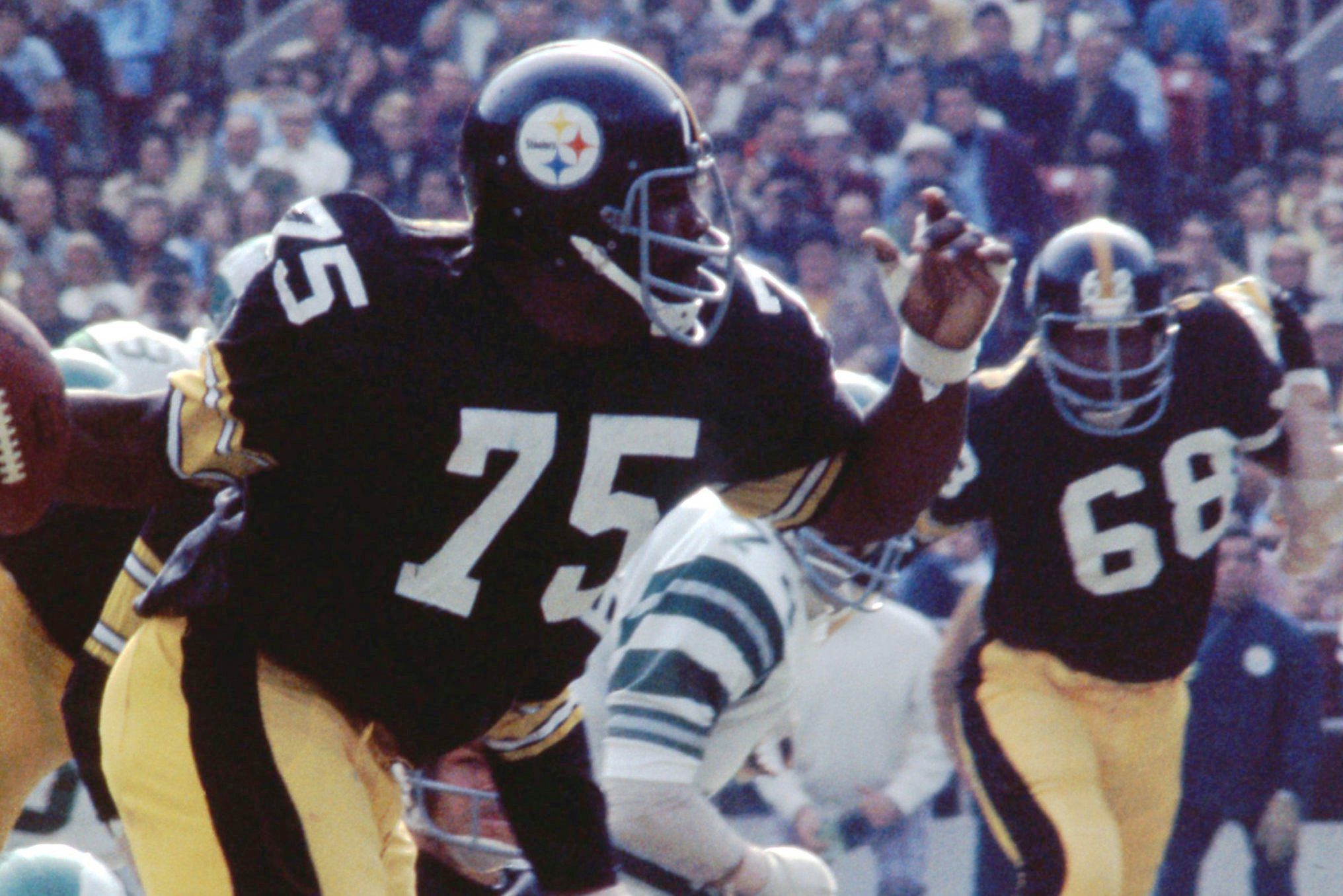

Having missed the playoffs the year before, the two teams met in the opening game of the season (on September 17), which Pittsburgh won, 34–28. Thus, this was the third year in which a playoff meeting between the Raiders and the Steelers could take place outside a Super Bowl. The 1972 season marked the third year after the AFL-NFL merger, which had the Steelers move to the newly formed American Football Conference despite not having been a member of the American Football League. That streak began two years after the "Immaculate Reception" game. The Steelers' fortunes began to change, however, in 1969, when they hired head coach Chuck Noll, who won four Super Bowls in six years with the team between the 19 seasons. The Pittsburgh Steelers, on the other hand, had appeared in the postseason only once, losing against the Philadelphia Eagles, 21–0, in an NFL divisional playoff game on December 21, 1947. The "Immaculate Reception" game thus marked their return to the postseason after missing out on a playoff berth the year before. The following three seasons they made it back to the AFL/AFC Championship Game, but lost to the eventual Super Bowl champions in all three instances ( New York Jets in 1968, Kansas City Chiefs in 1969, Baltimore Colts in 1970). In 1967 they won the AFL Championship before losing Super Bowl II against the Green Bay Packers. The Oakland Raiders had been to the postseason four previous times. The phrase was apparently meant to imply that the play was miraculous in nature (see Hail Mary pass for a similar term).īackground Playoff history Cope used the term on television and the phrase stuck. sports broadcast that night of December 23 and suggested the name, which was coined by her friend Michael Ord. A Pittsburgh woman, Sharon Levosky, called Cope before his 11:00 p.m. The phrase was first used on air by Myron Cope, a Pittsburgh sportscaster who was reporting on the Steelers' victory. The play's name is a pun derived from the Immaculate Conception, a dogma in the Catholic Church. The play was a turning point for the Steelers, who reversed four decades of futility with their first playoff win ever and went on to win four Super Bowls by the end of the 1970s. The play was also selected as the Greatest Play in NFL History in the NFL Network's 100 series. NFL Films has chosen the Immaculate Reception as the greatest play of all time, as well as the most controversial. Kevin Cook's The Last Headbangers cites the play as the beginning of a bitter rivalry between Pittsburgh and Oakland that fueled a historically brutal Raiders team during the NFL's most controversially physical era. The play has been a source of some controversy and speculation ever since, with some contending that the ball touched only Fuqua (and did not in any way touch Tatum) or that it hit the ground before Harris caught it, either of which would have resulted in an incomplete pass by the rules at the time. Steelers fullback Franco Harris caught it just before it hit the ground and ran for a game-winning touchdown. The ball bounced off the helmet of Raiders safety Jack Tatum.

With the Steelers trailing 7-6, on fourth down with 22 seconds left in the game, Pittsburgh quarterback Terry Bradshaw threw a pass targeting John Fuqua. It occurred in the AFC divisional playoff game of the National Football League (NFL), between the Pittsburgh Steelers and the Oakland Raiders at Three Rivers Stadium in Pittsburgh, Pennsylvania, on December 23, 1972. The Immaculate Reception is one of the most famous plays in the history of American football. Steelers: Mel Blount, Terry Bradshaw, Joe Greene, Jack Ham, Franco Harris, Chuck Noll (coach), Bill Nunn (scout), Art Rooney (owner/founder), Dan Rooney (owner/administrator) Raiders: George Blanda, Willie Brown, Fred Biletnikoff, Bob Brown, Al Davis (owner/gm), Jim Otto, John Madden (coach), Art Shell, Ken Stabler, Gene Upshaw Three Rivers Stadium, Pittsburgh, Pennsylvania Unusual football play in 1972–73 NFL playoffs 1972 AFC Divisional playoff Oakland Raiders


 0 kommentar(er)
0 kommentar(er)
